Shipping is an important part of the logistics chain. In shipping processing, all delivery procedure decisions can be made at the start of the process by:
- Taking into account general business agreements with your customer
- Recording special material requests
- Defining shipping conditions in the sales order
The result is an efficient and largely automatic shipping process in which manual changes are necessary only under certain circumstances.
Shipping Functions
The shipping module supports the following functions, which include but are not limited to:
- Deadline monitoring for reference documents due for shipment (sales orders and purchase orders, for instance)
- Creating and processing outbound deliveries
- Packing deliveries
- Information support for transportation planning
- Supporting foreign trade requirements
- Printing and transmitting shipping documents
- Processing goods issue
- Deliveries currently in process
- Activities that are still to be carried out
- Identifying possible bottlenecks
The most commonly used document used to support delivery processed is the Outbound Delivery document. In its role as central object of the goods issue process, outbound delivery supports all shipping activities, including picking, packing, transportation, and goods issue. During the outbound delivery process, shipping-planning information is recorded, status of shipping activities is
monitored, and data accumulated during shipping processing is documented. When the outbound delivery is created, the shipping activities, such as picking or delivery scheduling, are initiated, and data that is generated during shipping processing is included in the delivery.
Range of Functions
An outbound delivery can be created as follows:
- With reference to a sales order
- With reference to a stock transport order
- With reference to a subcontract order
- With reference to a project
- Without any reference
Depending on your requirements, you can create outbound deliveries automatically or manually using worklists. You can make agreements with your customers for complete and partial deliveries and for order combinations. Outbound deliveries can be combined to form a single group of deliveries. A variety of warehouse and sales overview reports allow you to monitor created outbound deliveries and outstanding sales activities.
Picking the Delivery
The picking process involves taking goods from a storage location and staging the goods in a picking area where the goods will be prepared for shipping.
Picking Functions
System settings will allow picking to be carried out:
- Automatically (during outbound delivery creation)
- Routinely (at certain times)
- Manually (via an employee request)
A picking status is recorded in each delivery item for the purpose of scheduling and monitoring. This status indicates where the item is in the picking procedure. In the system standard settings, it is a prerequisite for a goods issue to be posted, that the items that are relevant, have been picked. Therefore, a delivery quantity must equal a picking quantity in the outbound delivery.
The Warehouse Management system (WM) is fully integrated in the Logistics Execution System (LES). For example, you can create a Warehouse Management transfer order directly from the outbound delivery. The current status of the Warehouse Management process can also be monitored from the delivery or from the sales order.
Goods Issue Posting Functions
The outbound delivery forms the basis of goods issue posting. The data required for goods issue posting is copied from the outbound delivery into the goods issue document, which cannot be changed manually. Any changes must be made in the outbound delivery itself. After goods issue is posted for an outbound delivery, the scope for changing the delivery document becomes very limited. This prevents any discrepancies between the goods issue document and the outbound delivery. In this way, you can be sure that the goods issue document is an accurate reflection of the outbound delivery.
When you post goods issue for an outbound delivery, the following functions are carried out:
- Warehouse stock of the material is reduced by the delivery quantity
- Value changes are posted to the balance sheet account in inventory accounting
- Requirements are reduced by the delivery quantity
- The serial number status is updated
- Goods issue posting is automatically recorded in the document flow
- Stock determination is executed for the vendor’s consignment stock
- A worklist for the proof of delivery is generated
You can post goods issues in the following ways:
- Automatically (during outbound delivery creation)
- Routinely (at certain times)
- Manually (via an employee request)




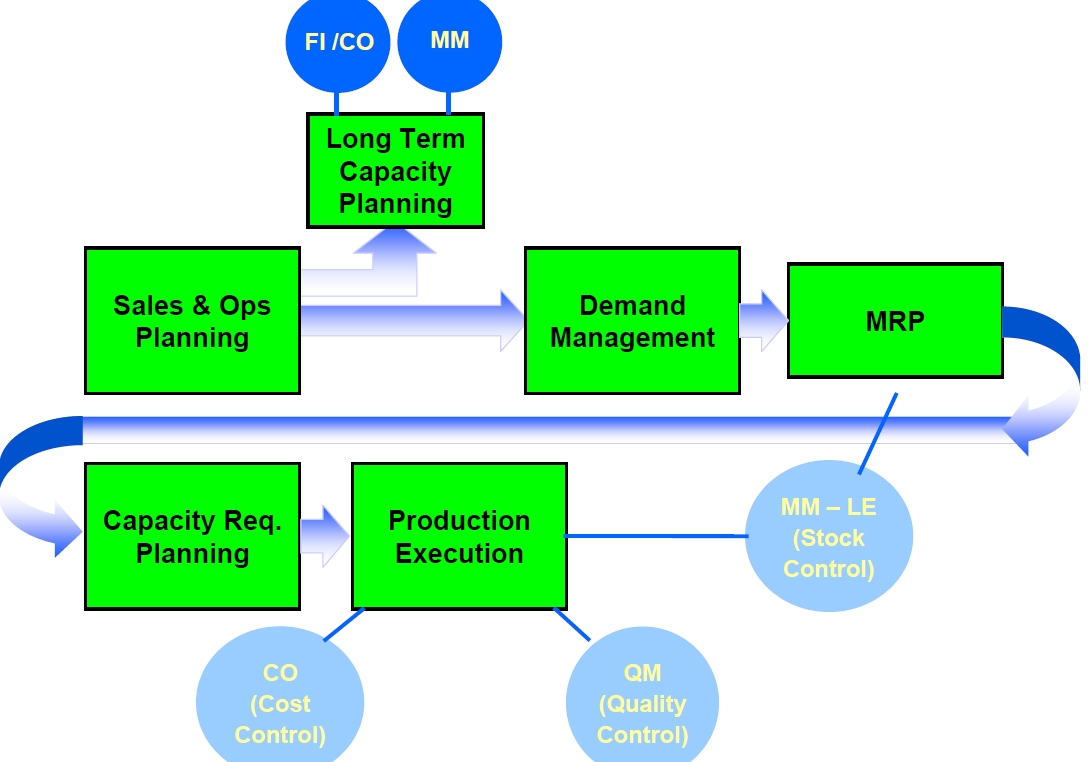

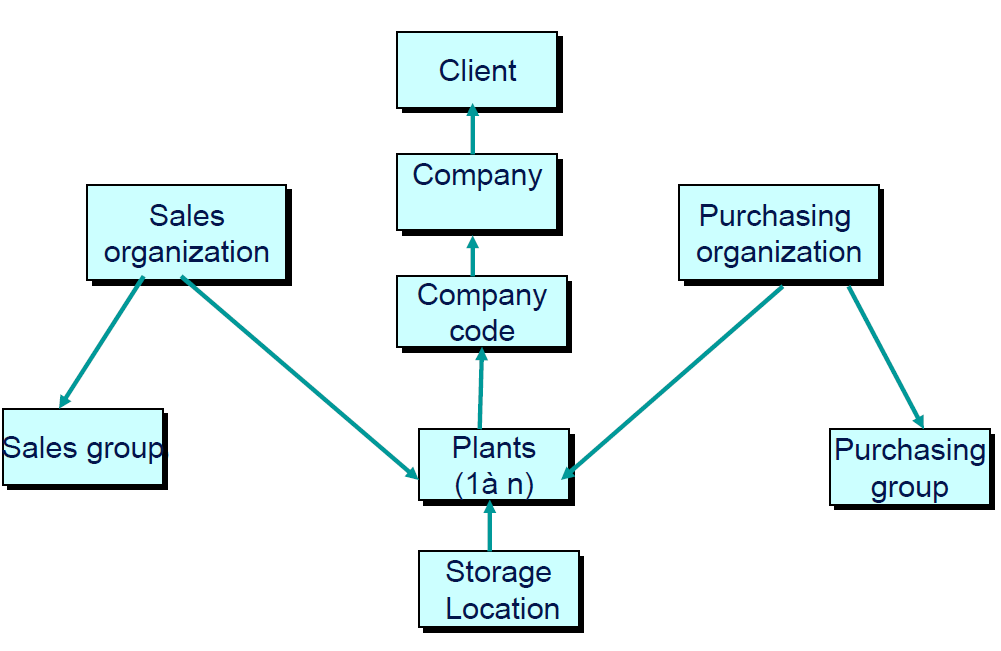
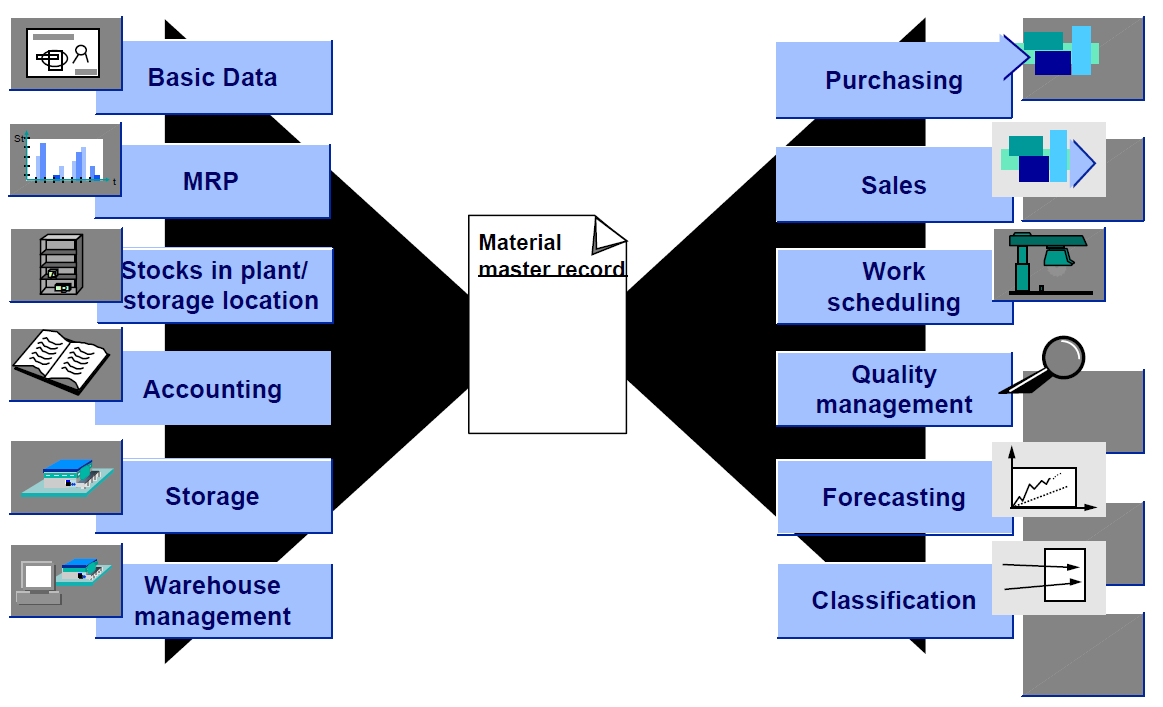
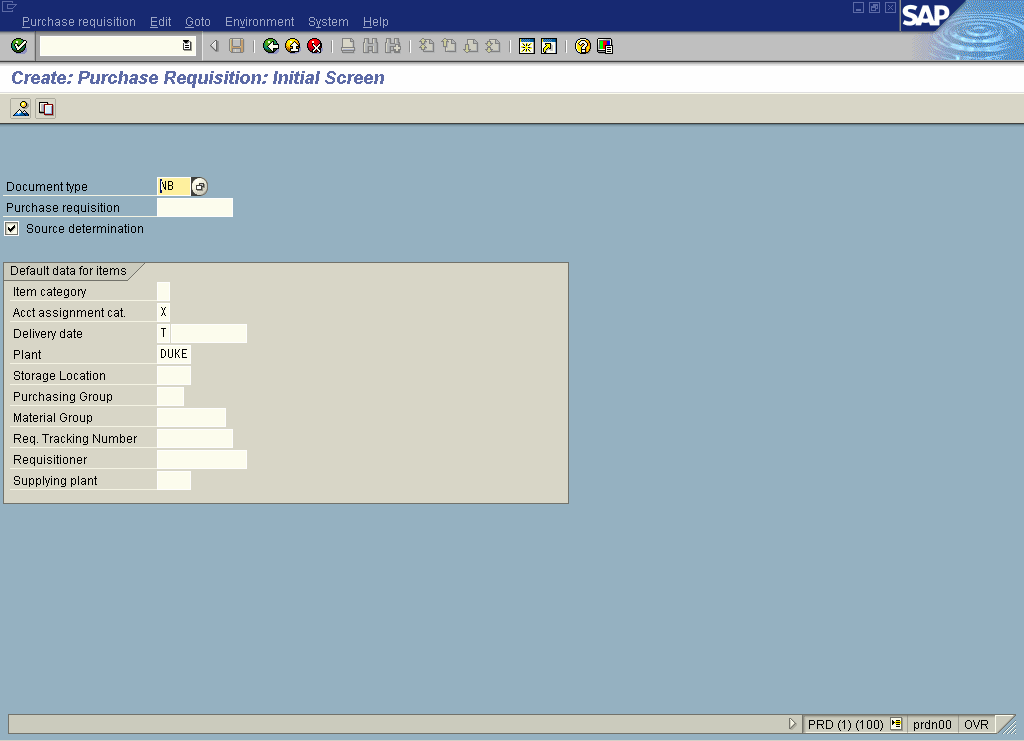
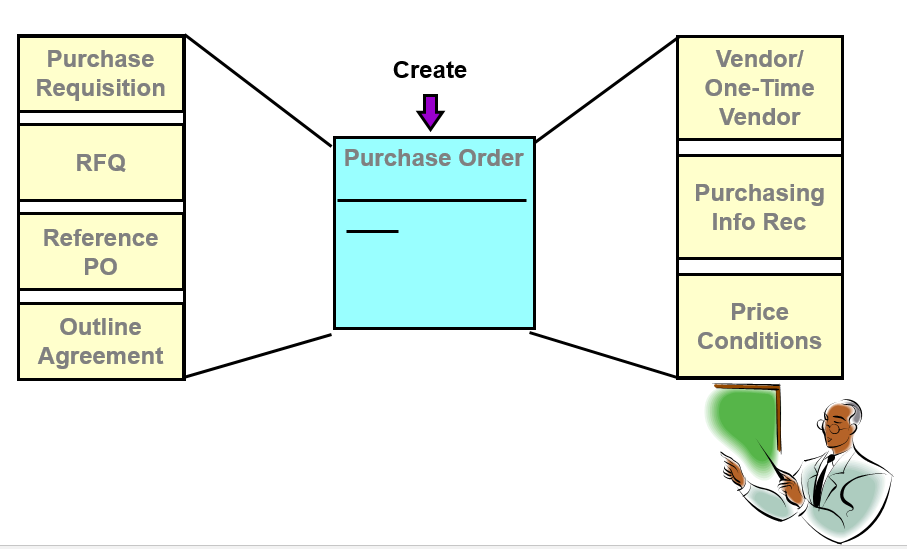
Leave a Reply